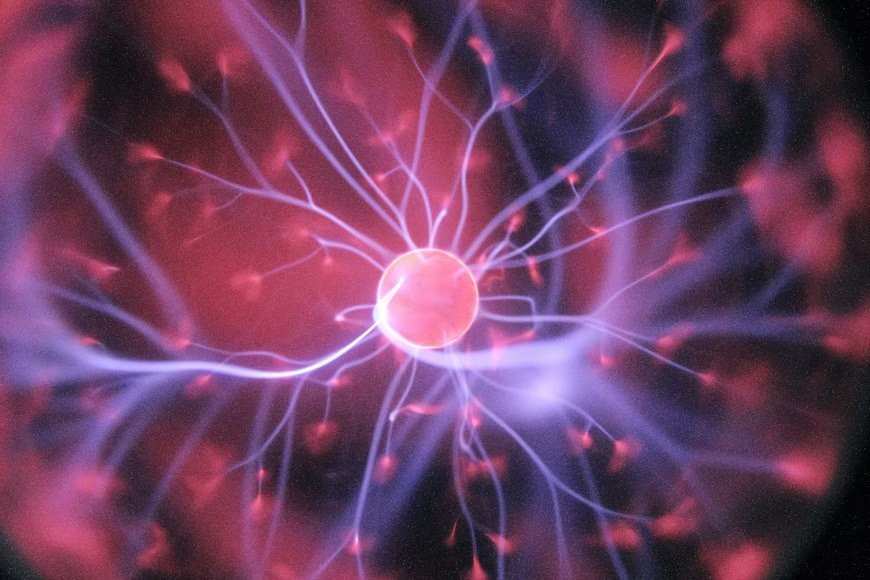Preventive Healthcare
Understanding Different Types of Strokes: Its Symptoms and Causes
1423 Views
0

A stroke, also known as a cerebrovascular accident, is a medical emergency that occurs when the blood supply to the brain is interrupted or reduced. If the brain does not receive adequate oxygen and nutrients from the blood, brain cells die quickly. The severity and effects of a stroke depend on the type of stroke, the location of the affected area in the brain, and the extent of the damage.
There are three main types of stroke: ischemic stroke, hemorrhagic stroke, and transient ischemic attack (TIA), also known as a mini-stroke. Each type has distinct causes, symptoms, and treatments.
1. Ischemic Stroke
An ischemic stroke is the most common type of stroke, accounting for about 87% of all cases. It occurs when a blood clot forms blocking the flow of blood in an artery that supplies blood to the brain. This type of stroke can also occur when a blood vessel in the brain is narrowed or blocked by atherosclerosis. Atherosclerosis is a buildup of fatty deposits inside the artery walls.
Ischemic strokes can be further classified into types: thrombotic stroke and embolic stroke.
- Thrombotic Stroke: A thrombotic stroke occurs as a result of a blood clot forming in an artery that supplies blood to the brain. Usually, atherosclerosis is the cause of blood clot.
- Embolic Stroke: An embolic stroke occurs when a blood clot or other debris forms elsewhere in the body, such as in the heart, and travels through the bloodstream until it becomes lodged in a smaller artery in the brain.
Lacunar stroke and cryptogenic stroke have also come under ischemic stroke.
- Lacunar Stroke: This type of stroke occurs when there is damage to one of the small arteries deep in the brain, typically causing weakness or numbness in the face or limbs.
- Cryptogenic Stroke: it is the kind of stroke in which the cause of the stroke is not immediately identified. Despite a thorough evaluation, the underlying cause of the stroke remains unknown or "cryptogenic". The cause of cryptogenic stroke is not always clear, but potential factors may include small blood clots or atherosclerosis in the blood vessels of the brain, heart rhythm disorders, or a potential source of embolism that has been resolved by the time of evaluation.
Cryptogenic strokes account for a significant proportion of all ischemic strokes. Symptoms of an ischemic stroke can vary depending on the location and severity of the blockage. Common symptoms include sudden weakness or numbness in the face, arm, or leg, especially on one side of the body; sudden confusion or trouble speaking; sudden trouble seeing in one or both eyes; sudden trouble walking; dizziness, loss of balance or coordination; and sudden severe headache with no known cause.
2. Hemorrhagic Stroke
A hemorrhagic stroke occurs when a blood vessel in the brain ruptures and bleeds into the surrounding tissue. This type of stroke is less common than ischemic stroke. But it is often more severe and has a higher risk of death.
There are two main types of hemorrhagic stroke: intracerebral haemorrhage and subarachnoid haemorrhage.
- Intracerebral Haemorrhage: An intracerebral haemorrhage occurs when a blood vessel within the brain bursts and bleeds into the surrounding brain tissue. This type of stroke is often caused by high blood pressure or trauma to the head.
- Subarachnoid Haemorrhage: A subarachnoid haemorrhage occurs when there is bleeding between the brain and the thin tissues that cover it. This type of stroke is often caused by a ruptured aneurysm, a weakened area in a blood vessel that balloons out and can burst.
Symptoms of a hemorrhagic stroke can include sudden severe headaches, nausea and vomiting, seizures, and loss of consciousness. Depending on the location and extent of the bleeding, other symptoms may also be present, such as weakness or numbness on one side of the body, difficulty speaking and loss of balance or coordination.
3. Transient Ischemic Attack
Transient ischemic attack (TIA), also known as a mini-stroke, is a temporary interruption in blood flow to the brain that causes similar symptoms to those of a stroke but typically lasts only a few minutes to a few hours. TIAs are caused by a temporary blockage of blood flow to the brain, usually due to a blood clot or a narrowing of the blood vessels in the brain.
TIAs can cause sudden, brief episodes of symptoms such as weakness or numbness on one side of the body, temporary loss of vision or speech, dizziness or loss of balance, and sudden severe headaches. However, unlike a stroke, the symptoms of a TIA typically go away within a few hours and there is no lasting damage to the brain.
It is important to seek medical attention immediately if you experience symptoms of a TIA, as it can be a warning sign of a future stroke. Your doctor may perform tests such as a CT scan or MRI to determine the cause of your symptoms and recommend treatment to prevent a future stroke. Treatment for TIA may involve medications to prevent blood clots, lifestyle changes such as quitting smoking or improving diet and exercise and addressing underlying medical conditions such as high blood pressure or diabetes.
Conclusion
Strokes can mainly be classified into three types. The symptoms of stroke can vary depending on the severity and location of the brain damage. Prompt diagnosis and treatment of stroke are crucial, as the longer the brain is deprived of oxygen and nutrients, the more severe and permanent the damage can be. Every minute is crucial during the stroke. So consult your doctor as early as possible if your body shows any kind of symptoms.
 Home Visit
Home Visit Upload
Upload














1701259759.webp)









 WhatsApp
WhatsApp